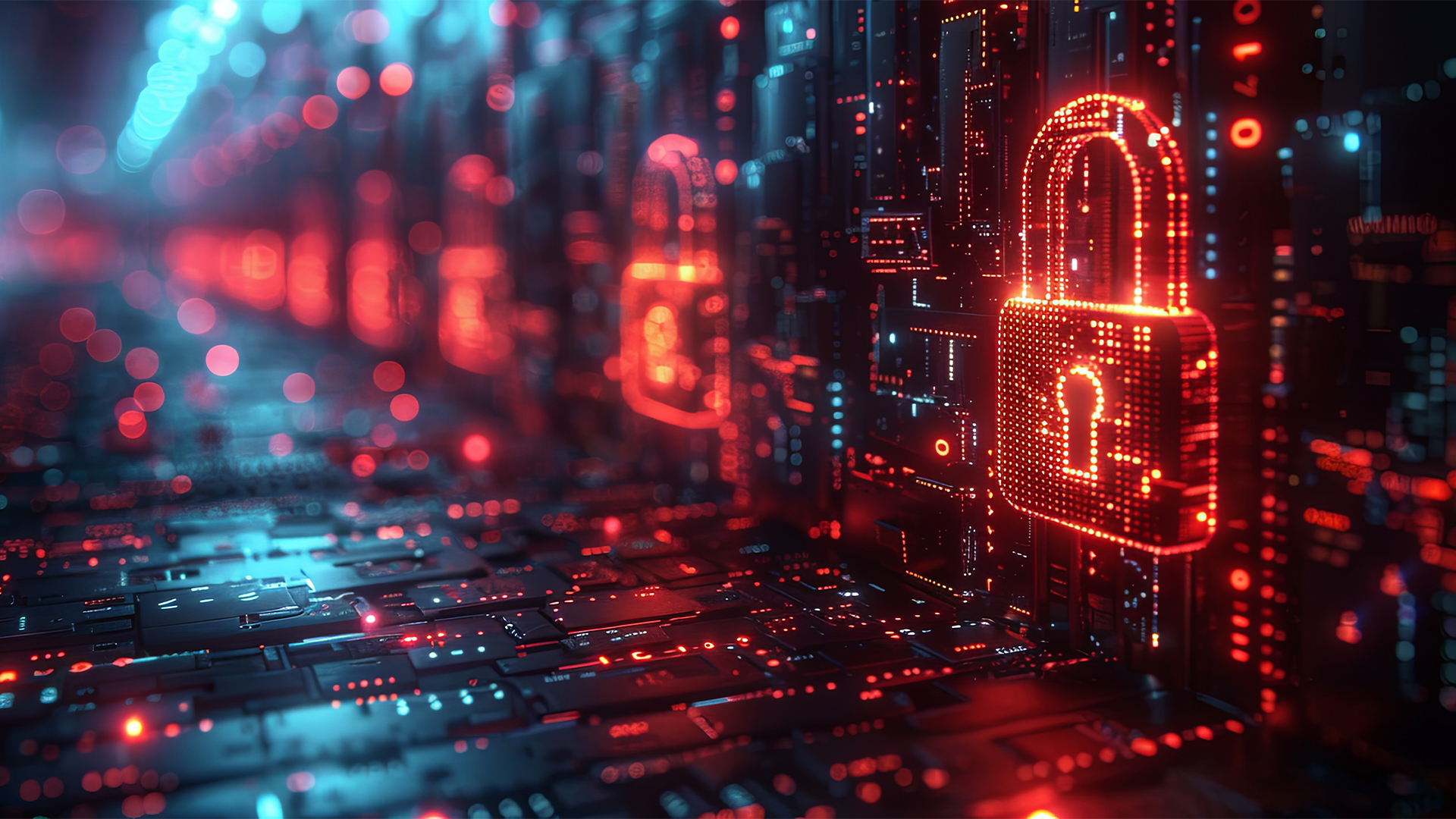
In today’s digital landscape, data facilities have become some of the most vital infrastructures that organisations must safeguard. These specialised environments are repositories for sensitive data and critical applications that enable business IT infrastructure to operate effectively. Data protection is a strategic imperative, but management often considers it from the network security standpoint — only a few consider the equally essential physical security aspect.
Explore the key components of safeguarding data centres and the growing list of innovative measures to prevent physical and digital intrusions.
1. Security Personnel
Securing business data facilities begins with deploying trained security guards to patrol the grounds 24/7. In many cases, their presence can be enough to thwart potential attacks, such as tampering with hardware and performing on-site hacks. Alarms and CCTV systems are assets but might not be enough to deter malicious actors.
On-Site Guards
Having on-site personnel introduces a human element — an unhackable security layer — to the mix. These professionals can also promptly assess and address breaches before computer systems initiate a response. According to an industry report, 10% of criminal data breaches in 2020 occurred because physical security was lacking or otherwise compromised.
Security Culture
Advanced protocols implemented by guards and other facility employees are fundamental to any security strategy. These systems ensure everyone on-site understands their roles in upholding set standards and fostering a proactive data protection culture.
Building Entry Screening
Before visitors can enter a data centre, they must undergo screening and be issued the appropriate clearances. Security guards man all the entrances and exits, ensuring only authorised individuals enter and leave the establishment.
2. Perimeter Security Measures
The next layer in safeguarding business IT infrastructure is managing the critical access points along the structure’s outer boundary.
Fencing and Barriers
High, impenetrable fencing and security barriers around data centres create an effective deterrent. This perimeter represents the first line of defence in preventing coordinated physical incursions and natural disasters.
Video Surveillance
Security cameras are a facility’s remote eyes and ears. Studies suggest these measures can deter crime by about 50% and are more effective than outdoor lighting and security signage. Combined with physical security systems, surveillance technologies provide a comprehensive view of activity inside and outside the compound.
3. Environmental Controls
Effective data centre security involves protecting critical infrastructure against variable environmental events like fire and floods. Two common innovations in preventing these issues are:
Fire Suppression Systems
Data facilities house large collections of electronic devices, any of which can cause a fire. The right suppression system is essential. For instance, water-based systems, though effective, can damage servers further and prolong data recovery processes. Mist-based and gas are more ideal solutions in this context.
Temperature and Humidity Monitoring
Interconnected IoT sensors can track real-time temperature and humidity levels in critical areas, including server rooms and main power systems. Automated alerts notify administrators based on predefined safe limits.
4. Access Controls
These systems protect data facilities against unauthorised access from criminals and whatever digital devices they might carry. Effective access control methods include:
Expanded Metal Cages
Expanded metal server cages are the ultimate gateway control system — they’re durable and non-hackable, and they restrict access to only authorised personnel. The perforated surfaces allow maximum airflow circulation, protecting systems from overheating and ensuring proper function.
Smart Lockers
Smart lockers are cutting-edge storage solutions fitted with advanced computer and sensor networks. These units feature configurable software and facilitate secure, on-demand access to stored assets. The authentication panel learns from user activities during asset sign-in and sign-out processes, notifying administrators of any usual pattern. These systems can also issue alerts if a user does not return an asset on schedule.
Biometric Authentication
Finger vein, voice recognition and retinal scans offer a high-level security layer for data facilities and other physical resources. These systems may be more expensive to implement than other electronic authentication gateways but offer significantly stronger security — certainly more than shareable credentials like passwords and PINs.
Data-At-Rest Encryption
Encrypting stored data prevents unauthorised access to sensitive information and mitigates the risk of data breaches, theft or loss. This approach is also crucial to compliance with various regulations, such as GDPR and HIPAA.
Best Practices for Securing Critical Business IT Infrastructure
No matter the organisation’s size, following industry-standard best practices safeguarding data facilities will improve its security posture:
- Conduct regular employee training: Train staff on the necessity of access control protocols and educate them on the latest cybersecurity threats, from social engineering to ransomware.
- Perform periodic audits: The threat landscape is constantly evolving, with more sophisticated attacks appearing daily. Regular evaluations are crucial for identifying vulnerabilities and areas for improvement in the security framework. These audits must also include checks for structural weaknesses, especially after extreme weather events.
- Develop a structured incident response plan: Implement clear procedures for handling security incidents or suspicious activities. On-site personnel must also know how to escalate concerns efficiently with relevant authorities in case of a breach.
- Deploy a zero-trust architecture: This security model assumes no trust within or outside the network perimeter. By verifying every user and device attempting to access the network, businesses can prevent unauthorised access and minimise the risk of security incidents.
Data Facility Security Is a Multifaceted Responsibility
Given the potential consequences of a breach, the importance of securing business IT infrastructure and its housing facilities cannot be overstated.
However, no single method guarantees 100% protection against evolving threats, hence the need for a collective approach involving the best safeguard mechanisms. Everyone is jointly responsible for maintaining a dynamic, resilient security network and ensuring regulatory compliance.




















